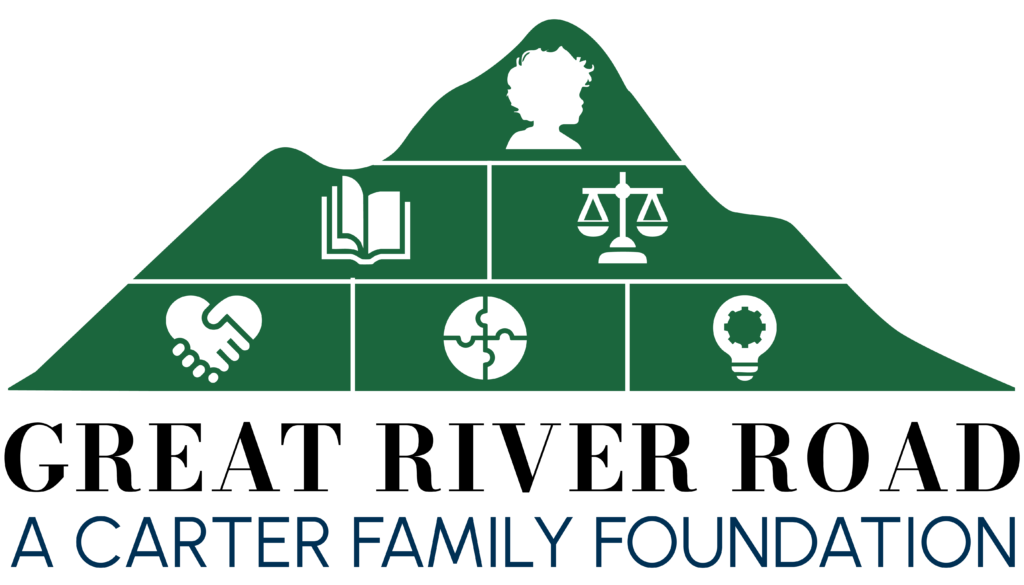Winning competitive grants is no longer a solo sport for hospitals and health systems. It’s a team game—and the strongest teams win. At MacBick, we help healthcare institutions form the right research partnerships and turn them into fundable, reviewer-ready proposals.
Why Partnerships Move the Needle on Grant Scores
Collaborations directly strengthen the criteria reviewers care about: Significance, Innovation, Approach, Investigators, and Environment. They expand access to patient populations, data sources, and specialized methods that a single site can’t always provide. They also reduce risk by distributing effort across expert partners with clear roles and proven capabilities. That matters to NIH, PCORI, AHRQ, HRSA, and private funders alike. It also matters to your internal leaders who need to see ROI and feasibility.
Partnership Models That Win in Healthcare
The best model fits your aims, data needs, and timeline—and aligns with the funding mechanism.
- Academic partners: Ideal for advanced analytics, bench-to-bedside pipelines, and multi-PI leadership plans on NIH R/U/P/U-series.
- Community partners: Critical for PCORI, HRSA, and any project requiring stakeholder engagement or community-based recruitment.
- Industry partners: Useful for device trials, digital health pilots, and real-world evidence, often under clear IP and publication policies.
- Multi-site consortia: Powerful for pragmatic trials and implementation studies across diverse care settings.
- CTSA hubs and AHECs: Great for team science infrastructure, recruitment support, and regulatory navigation.
Finding and Vetting the Right Partners
Start with clarity on the problem, populations, and outcomes. Then map capabilities to gaps.
- Capability fit: Methods, facilities, patient access, EHR/data assets, and prior funding performance.
- Cultural alignment: Mission, communication cadence, responsiveness, and shared values around equity and rigor.
- Evidence of delivery: Past performance in similar roles (PI/co-I, subawardee, community convener) and on-time deliverables.
- Equity and trust: Early inclusion of community organizations with fair compensation, governance seats, and transparent decision rights.
Pro tip: Run a light partner readiness survey. Keep it short. Confirm leadership, available effort, data access, and compliance posture.
Structuring the Collaboration for Success
Great partnerships don’t run on goodwill alone—they run on clear governance.
- Roles and decision rights: Who owns scientific direction, operations, data, and communications. Put it in a one-page governance charter.
- Data and privacy: Define DUAs/BAAs, single IRB plans, and data flow diagrams early to avoid delays.
- IP and publication: Agree on invention reporting, background IP, and authorship order before work starts.
- Conflict management: Establish escalation paths and a change-control process for aims, budget, and key personnel.
Hospital labs don’t just need to follow these rules—they need to work flawlessly. Discover more on how smart design merges compliance with efficiency in our latest blog.
Building a Competitive Multi-Partner Application
Reviewers can tell when a partner is “in name only.” Show integration, not endorsements.
Align Aims with Strengths
Connect each Specific Aim or Objective to a named partner capability and deliverable.
Letters That Matter
Use the right letters—and the right content.
- Letter of Support: Endorsement plus resources or access committed.
- Letter of Collaboration: Specific tasks, timelines, and named personnel promised.
- Letter of Commitment: Organization commits effort, cost share, or governance participation.
Required Sections to Nail
- Facilities & Other Resources: Include partner labs, clinics, and cores with unique assets.
- Biosketches: Demonstrate complementary expertise and roles tied to aims.
- Multiple-PI Leadership Plan (if applicable): Decision-making, conflict resolution, and communication cadence.
- Consortium/Contractual Arrangements: Spell out scopes of work, subaward structures, and oversight.
- Human Subjects/IRB: Single IRB strategy and data protections tailored to multi-site realities.
- Evaluation and Measurement: Logic model, KPIs, data collection schedule, and analytic plan linked to implementation.
Budgets, Subawards, and Compliance
Money flow and oversight are frequent tripwires. Make it simple, compliant, and defensible.
- Subaward vs. contractor: If the partner contributes programmatic decision-making and independent judgment, treat as a subrecipient. If they provide defined services without programmatic control, treat as a contractor.
- Uniform Guidance (2 CFR 200): Document subrecipient monitoring, risk assessment, invoice review, progress verification, and audit status.
- Budget justifications: Tie partner effort and costs to specific tasks and timeline milestones.
- F&A considerations: Respect each entity’s negotiated rates and explain deviations or caps per sponsor rules.
- Common add-ons: Participant incentives, translation services, community partner stipends, and data linkage fees—budget them early.
A Practical 12-Week Proposal Plan for Multi-Partner Grants
A clear runway prevents last-minute chaos—and reduces error risk.
- Week 1–2: Finalize aims, partner list, roles, and governance sketch; start letters and biosketch updates.
- Week 3–4: Draft research strategy; confirm data sources, DUAs/BAAs, and single IRB approach.
- Week 5–6: Lock scopes of work; build budgets and subrecipient monitoring plan; start evaluation framework and logic model.
- Week 7–8: Draft Facilities & Other Resources; compile environment narratives across sites; iterate letters with specifics.
- Week 9–10: Internal scientific and compliance reviews; finalize human subjects and data security content.
- Week 11: Complete forms, upload attachments, and conduct pink team/red team reviews.
- Week 12: Final approvals, routing, and system submission with buffer for errors.
Case Snapshots
- PCORI engagement win: A health system partnered with two community organizations and a CTSA hub to co-design outcomes, share governance, and compensate patient advisors. The application scored high on engagement, feasibility, and relevance because roles, stipends, and decision rights were explicit.
- NIH U-series multi-site study: A lead AMC coordinated three regional hospitals with a single IRB, harmonized EHR extraction via a shared data model, and a clear subrecipient monitoring plan. Reviewers praised the environment and approach for realism and risk control.
Common Pitfalls and How to Avoid Them
Small oversights can sink great science. Short fixes often exist.
- Vague letters with no tasks or timelines: Ask for specific deliverables and named staff.
- Late IRB and DUA planning: Align data pathways and privacy language before drafting methods.
- Budgets that don’t match scope: Crosswalk each task to effort, supplies, and partner costs.
- Weak evaluation: Build a logic model early and tie it to measurable outcomes and interim process metrics.
- Token community inclusion: Budget for engagement, assign governance roles, and report feedback loops.
Templates and Resources to Speed Your Path
Use practical tools to save weeks and reduce risk.
- Letter templates: Support, collaboration, and commitment with sponsor-aligned language.
- Subaward vs. contractor decision tree: One-page flow to classify partners correctly.
- Subrecipient monitoring checklist: Risk assessment, invoice controls, and reporting cadence.
- Partner readiness survey: Capability, access, and compliance questions to validate fit.
- 12-week proposal timeline: Editable tracker with milestones and document owners.
How MacBick Can Help
You bring the mission and the science. We bring the partnership strategy, compliance backbone, and grantcraft to make it fundable. MacBick can help you identify and vet partners, structure governance and data pathways, build compliant budgets and subawards, and craft reviewer-ready narratives and letters—on a timeline that works.
Ready to turn collaboration into grant success? Contact MacBick to get the templates, a tailored partner map, and a 12-week proposal plan for your next submission.

